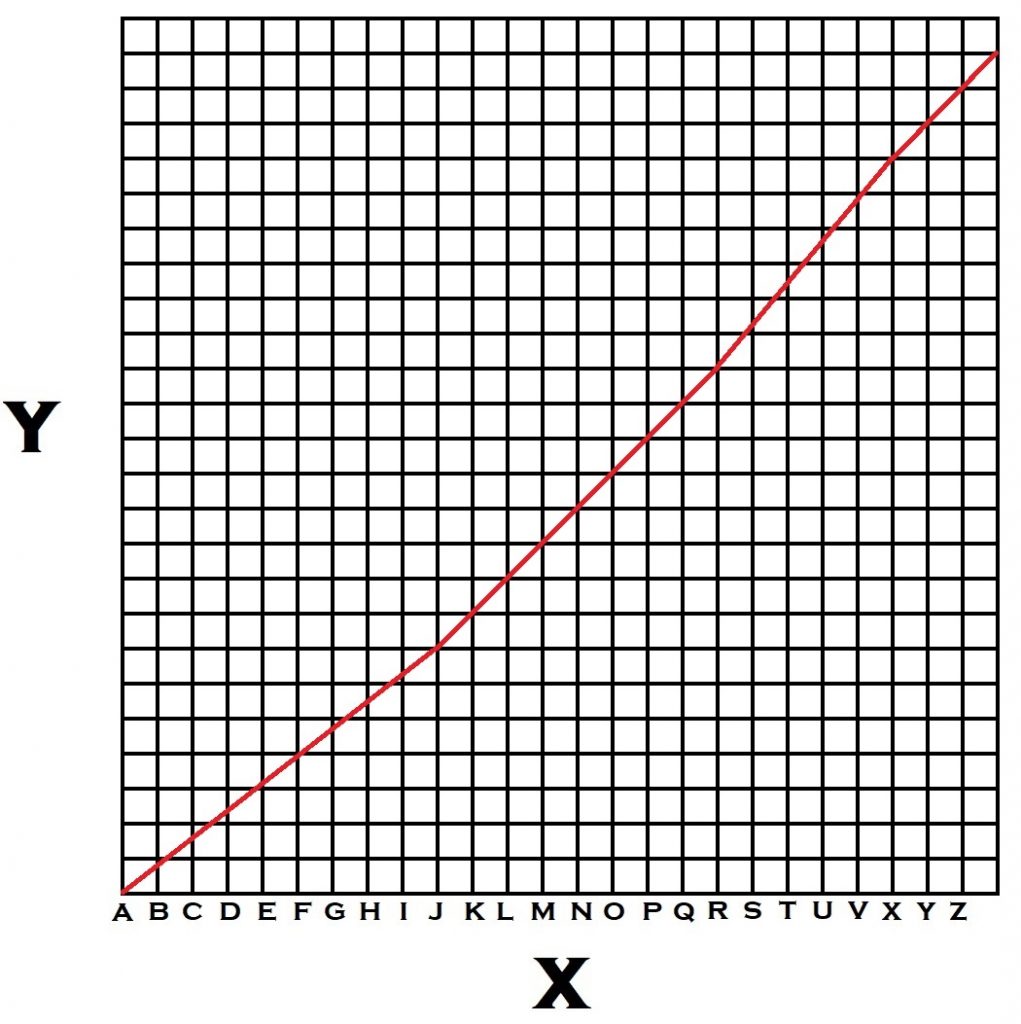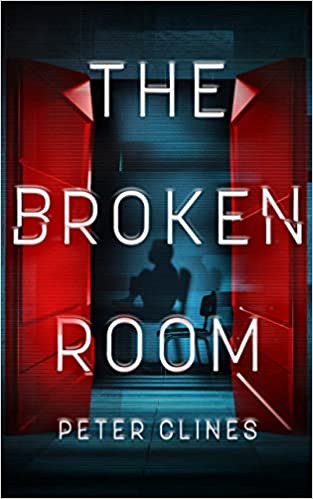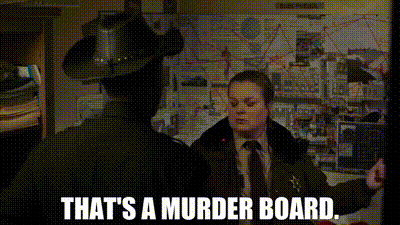Look, a self-referential title!
Okay, this one’s more of a ramble about my writing philosophy. Maybe with a couple tips tossed in. I don’t know. I’m rambling.
I like stories. Surprise! Books. Movies. Comics. Television. I love seeing how narratives unfold. I love getting caught off guard by a phenomenal twist. Stories are great, and reading them is a fantastic experience.
And I like revisiting stories, too. When I was a kid there were comic stories I’d read again and again. I have favorite movies that I like rewatching, books I’ve picked up for a fourth or fifth time.
In fact, I’m a big believer that people should be able to enjoy a story a second time. I’d go so far as to say I think that’s a sign of a great story. People should be able to read a story twice and enjoy it both times.
They won’t enjoy it the same way, mind you. There’s a literary term for reading something the first time, experiencing it without foreknowledge, aaaaannnnnd I can never remember it. Point is, we only get one chance to enjoy something for the first time. One. That’s it. So when we read something for the second time, we’re getting a different experience. Seeing things through a new lens, so to speak.
The same way we, the writers, might not get into some of the really clever stuff until the second draft, I think the second read (or viewing, if you want to talk movies) is when the audience really gets to enjoy how I (the writer) put things together. They can still enjoy the story, yeah, but they can enjoy a lot of elements on a different level. Now that they know how things end, they get to see the clever set-ups for what they really were. They’ll realize where I nudged them to think X instead of Y. They’ll also be able to move at their own pace, really appreciate that clever bit of description, notice the little one-two-three parallel. Maybe some scenes will take on a whole new spin, maybe have a very different type of thrill, once we know from the start who Yakko really is.
So we can’t recapture that first time experience, but hopefully the second time is—in its own way—just as enjoyable.

I try very hard to write for the second read. I want you to read my stories and enjoy them, sure. But I want you to enjoy them the second time, too. I want you to see that everything lines up. How I pulled the wool over your eyes here and here. What this character was really saying there. And that holy crap, no, I never cheated on this—it always worked that way.
In fact, the second time through can be kind of a test. If I go through again and now it’s really clear things don’t line up or motivations don’t make a lot of sense… that might be a warning sign. It’s probably telling me I’ve got a problem with my structure or my characterization or maybe just… my plot. And I might want to take another look at that. Because I want this to be as good as it can be, right?
Now… bear with me for a moment.
As some of you know, I am very anti-spoiler. I’ve gone on long rants about it on different social media platforms. Chewed people out about them. Had a few folks block me when I pointed out their spoiler “tips” basically amounted to putting the blame on people who don’t want things spoiled for them.
There are some folks out there who say spoilers don’t matter. Some people don’t mind learning spoilers and other people who… well, there’s some folks seem to almost take a malicious glee in blasting out spoilers on social media or in articles or even in headlines. I mean, so what if you found out that Wakko dies before you saw the movie, or somebody told you Dot was actually Phoebe’s sister? A lot of folks will tell you if the story’s not any good without that big reveal, then it’s probably not a good story, is it?
But there’s a big misunderstanding going on here.
If you get a bunch of spoilers before you get to read the book (or see the movie), and the story’s still good, this just means the writer planned on a second read, like we’ve been talking about. It’s still a good story, yeah, but the spoilers have robbed you of the original story. That version I’d intended to be your first, going-in-cold experience. Because you only had one chance at that version and, whooosh, its gone. It’s gone without you even getting to actually read it. The second-read story’s good, too, yeah, but that’s just it—I’d intended it to be your second read. You missed out on half the experience. Payoffs are great, but so are the setups.
And if the story isn’t any good without those reveals and twists… well, yeah. It’s probably not a great story. We already talked about it. But now there’s no chance of enjoying it, because it was structured around the idea of someone just reading it once and, well, the spoilers killed that.
Plus, just because there’s something bad doesn’t excuse behaving the same way for everything. Just because spoilers don’t change anything for a bad story doesn’t mean they’re justified for a good one. Yeah, I had a bad burrito once, but that doesn’t mean I should say all Mexican food is awful.
Y’see, Timmy, we all inherently write for our stories to be read cold that first time. We expect people to consume the narrative in the order we planned out. To learn things when we want them to learn them. But if I’m doing this right, my readers should be able to enjoy my story a second time as well. Not in the same way, but still in a way that’ll hold their attention and give them a different little set of thrills.
So, try to plan on giving your audience a great second read.
And maybe let people enjoy the first one, while you’re at it.
Next time… wow, the end of the month’s coming up quick. And with it, another one of those milestone birthdays for me. So this is probably a good time to talk about regular exercise.
Until then, go write.









